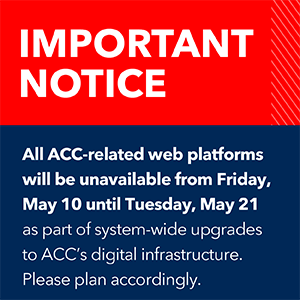Total Occlusion Study of Canada - TOSCA
Description:
Prospective, multicenter, randomized trial of primary stenting vs. balloon angioplasty in patients with symptomatic nonacute total occlusion (TIMI grade 0/1 flow) of native coronary arteries.
Hypothesis:
To determine whether routine stenting improves late complete patency of recanalize total coronary artery occlusions.
Study Design
Study Design:
Patients Screened: 1118
Patients Enrolled: 410
NYHA Class: Nort reported
Mean Follow Up: 6 months
Mean Patient Age: 18-80 (mean 58)
Female: 18%
Mean Ejection Fraction: mean 60%
Patient Populations:
nonacute total occlusion (TIMI grade 0/1 flow) of native coronary arteries able to accomodate a balloon of 3 mm or greater diameter
Exclusions:
<72 hours since onset of ST segment elevation, extensive lesion-related thrombus (TIMI thrombus grade 3 or 4), occlusions previously revascularized by patent bypass grafts, uncontrolled heart failure or shock, patient unwilling or unsuitable for 6 month angiography, patient of child-bearing potential, and inability to cross occlusion with guidewire
Primary Endpoints:
failure of sustained TIMI grade 3 flow at 6 months (confirmed by angiography),
Secondary Endpoints:
repeat revascularization, adverse cardiovascular events, and restenosis (>50% diameter stenosis on angiography)
Drug/Procedures Used:
Primary stenting (with heparin-coated 15 mm long PS-153 Palmaz-Schatz stent) vs. balloon angioplasty. Randomization occurred after successful placement of a guidewire across the occlusion and was stratified by duration of occlusion (≤6 weeks vs. >6 weeks/unknown). Aspirin and ticlopidine per investigator.
Principal Findings:
The overall incidence of the primary end point, failure of sustained TIMI grade 3 flow at 6 months (confirmed by angiography), was significantly lower in the stent group (10.9% vs. 19.5%; p = 0.024). The stent group also had a lower restenosis rate (<50% diameter stenosis; 55% vs. 70%, p < 0.01) and less target vessel revascularization at 6 months (8.4% vs 15.4%, p = 0.03). The incidence of adverse cardiovascular events was similar in the two groups(23.3%, 23.6%).
Interpretation:
Stenting is superior to PTCA for nonacute total coronary occlusions.
References:
Circulation 1999;100:236–242.
Keywords: Research Personnel, Heparin, Ticlopidine, Constriction, Pathologic, Coronary Occlusion, Angioplasty, Balloon, Coronary, Stents
< Back to Listings

